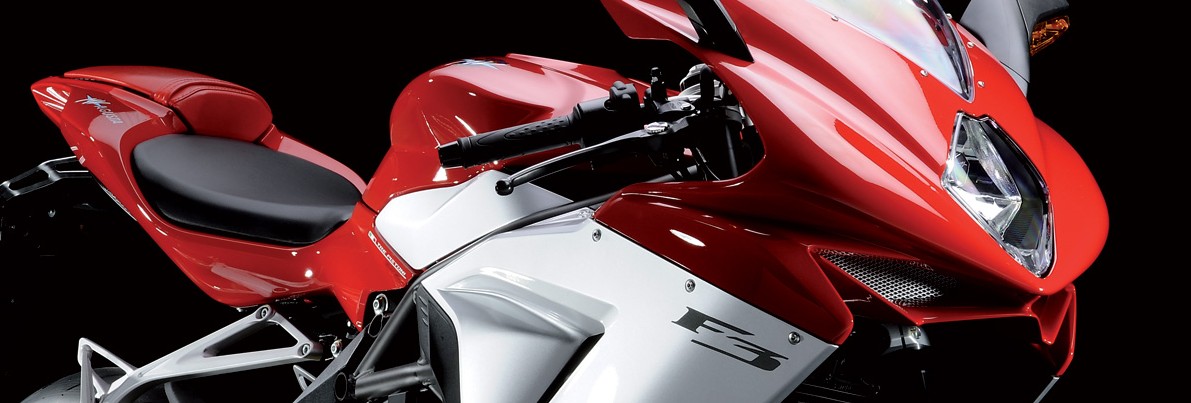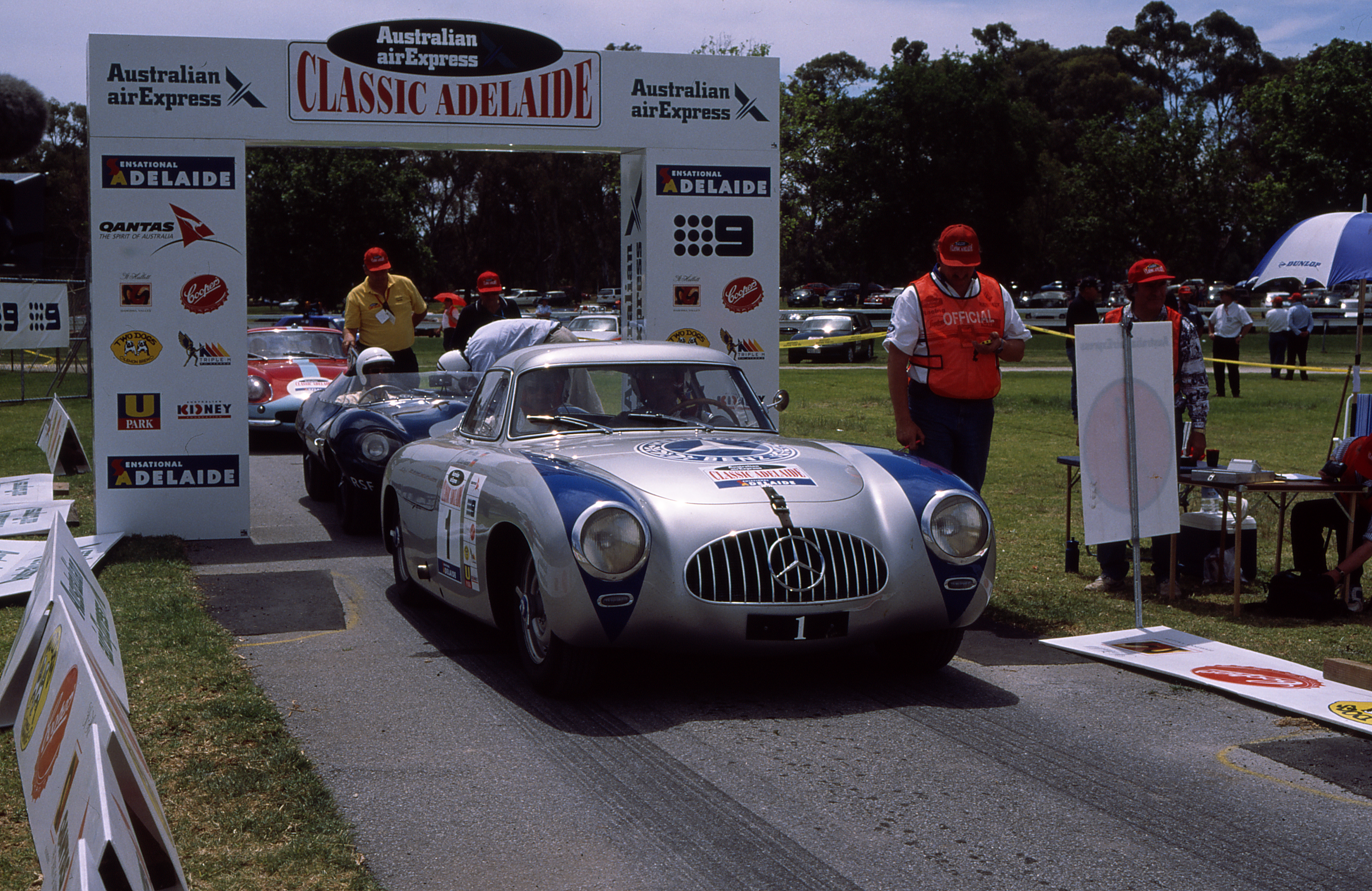For some time now, rare and expensive classic cars have continued to multiply in value, year on year, fetching tens of millions of dollars at auction. They are seen as “a good investment” by many, but the limited supply of these classics has witnessed the phenomenon of continuation cars take off. Continuations such as the Jaguar D Type, the Lightweight E- Type and XKSS, as well as Aston Martin’s DB4 GT, Zagato, and James Bond “Goldfinger” DB5, to name a few, have been made available again in limited numbers. Constructed by the manufacturers in their specialty departments, these vehicles attract a premium price using original plans and drawings. However, there are plenty of collectors with deep enough pockets to purchase them.
In October and November last year, two more series of continuation cars were announced, and interestingly they are significant 1950’s British Formula One racers. Three Supercharged B.R.M. 1.5 litre V16 P15 Mk1’s will be constructed to celebrate British Racing Motors’ first Grand Prix 70 years ago. The other is the Vanwall VW5 which won the inaugural Formula One Constructor’s Championship 63 years ago in 1958. Six of these cars are also to be completed this year.
Interestingly, these two Grand Prix racers’ story is entwined both in the past and present.
Raymond Mays conceived British Racing Motors to champion British engineering ability post-WW2 to the world. Mays brought together a consortium of leading British automotive firms such as Joseph Lucas Ltd, Rubery Owen, and the Standard Motor Company to fund or “donate” components for the project. The engineering drawings for 135-degree V16 powered car were completed in Spring 1947 and drew on technology from the all-conquering pre-war Mercedes and Auto Union Grand Prix cars. The P15 was unveiled in 1949 to the press at R.A.F. base Folkingham with Mays at the wheel.
1950 was the inaugural year of the first Formula One World Championship, but due to reliability problems and the lack of development, the B.R.M. P15 V16 Mk1 struggled. By 1952 Stirling Moss had been drafted into the team while Mays pursued the great Juan Manuel Fangio services. The V16 engine produced 600bhp (450kW) at 12,000rpm, but because of the P15’s ferocious power delivery, due to the two-stage centrifugal supercharger, it not surprisingly suffered poor driveability. Britain’s finest Formula One driver of the time, Stirling Moss, was to comment in Motor Sport magazine, “The brakes were OK, the acceleration was incredible until you broke traction but everything else, I hated, particularly the steering and the driving position,” he told Motor Sport. “Handling? I don’t remember it having any…”. But it was the sound of the intricate V16 with its Rolls Royce sourced supercharger that left a lasting impression on anyone that saw it in action.
When Alfa Romeo withdrew from Formula One in 1952, and with B.R.M.’s missing the non-championship Gran Premio Valentino of Turin, the race became a Ferrari whitewash, prompting the F.I.A. to change Formula One to a 2 litre normally aspirated category. These events brought down the curtain on the P15’s Formula One aspirations, and B.R.M. was put up for sale. It was bought by Alfred and Ernest Owen and their sister Jean Stanley on behalf of Rubery Owen. The irony of the fate of B.R.M. was that it had provided the motivation for the Vanwall VW5 to be conceived.
Guy Anthony Vandervell was a part of the B.R.M. consortium thanks to his company Thinwall bearings. Vandervell, however, lost patience in 1951 with the racing efforts of B.R.M. and had been testing the water himself, first by using modified Ferrari’s known as the Thinwall Special. This eventually brought about the construction of the first Vanwall, with the chassis designed by Colin Chapman and the aerodynamic bodywork by Frank Costin, which ultimately won the Formula One Constructors World Championship (iniitially called the International Cup for F1 Manufacturers) in 1958. Britain’s first World Championship.
The man behind the building of the Vanwall VW5 continuations is a marketing entrepreneur and former offshore powerboat world champion Iain Sanderson, whose Vanwall Group has owned the rights to the Vanwall name since buying it in 2012 from Mahle, the German automotive component manufacturer. Sanderson has customers for two of the six cars, each of which represents a Grand Prix win in its world championship year. Vanwall clinched the Constructors’ Championship title with a Sir Stirling Moss victory in the 1958 Moroccan Grand Prix. The cars will be made to the 1958 Vanwall specification in every detail using original blueprints, at a cost of £1.65 million plus V.A.T. They will be powered by a 270bhp 2.5-litre four-cylinder engine, faithfully recreated to original specification. These cars will be fully race eligible for Historic Racing.
The B.R.M. V16 P15’s are also being painstakingly put together with the help of 20,000 technical drawings with the first going to 81-year-old John Owen the son of B.R.M. team principal Sir Alfred Owen. It has been his ambition to hear the 16-cylinder race car driven in anger again so he and others can relive his childhood experience of the car.
“Watching the likes of the Pampas Bull (Gonzalez) and, in particular, Fangio, master the power of the V16 was very special”, said John. “And the fabulous noise of the engine still rings in my ears 70 years on!
“In a selfish way, I have always dreamed of hearing that sound again but now I’d also love to share that sensation with others. To hear the V16 screaming at full tilt for the first time is something special – something you never forget.”
“The cars will be constructed to F.I.A. standards and therefore will be fully eligible for historic racing. Thus, taking the first and most important step in the preservation and growth of the B.R.M. marque – the ability for future generations worldwide to see, and above all, hear, the mighty V16 for years to come.” Three of the B.R.M. 1.5litre supercharged V16 P15 are to be built using chassis numbers allocated in the 1950s but never used. No price has yet been mentioned.
Where the story of these two iconic British examples of 1950’s Formula One cars entwine again is via the company that is manufacturing both continuations series. Rick Hall and his son Rob, of renowned company Hall and Hall, who restore, rebuild, and remanufacture historic racing cars, will be recreating these special racers. Rick and his core personnel are also former B.R.M. technicians.
Words © Geoff Dawes 2021. Photos and video courtesy B.R.M., Vanwall and Wikimedia.
















